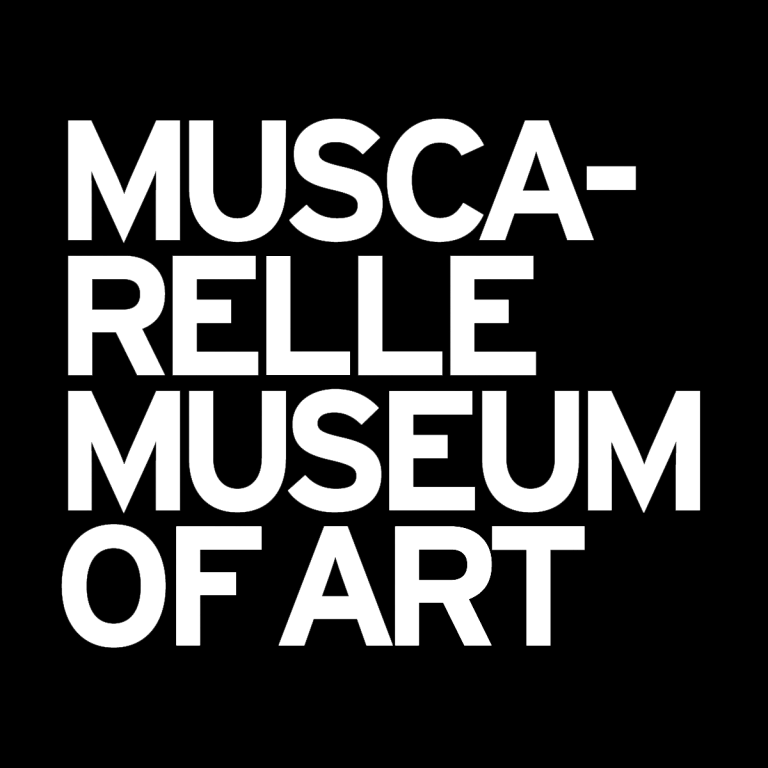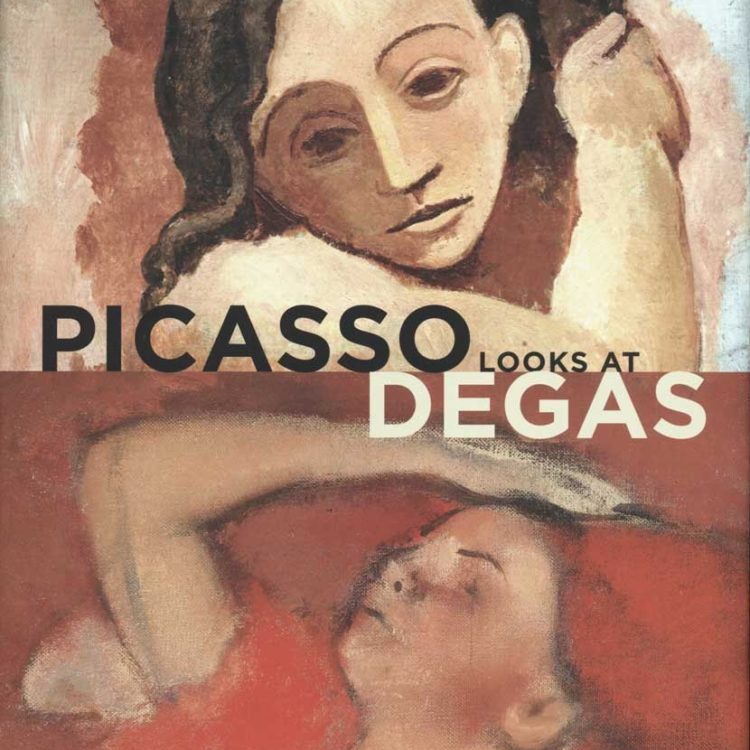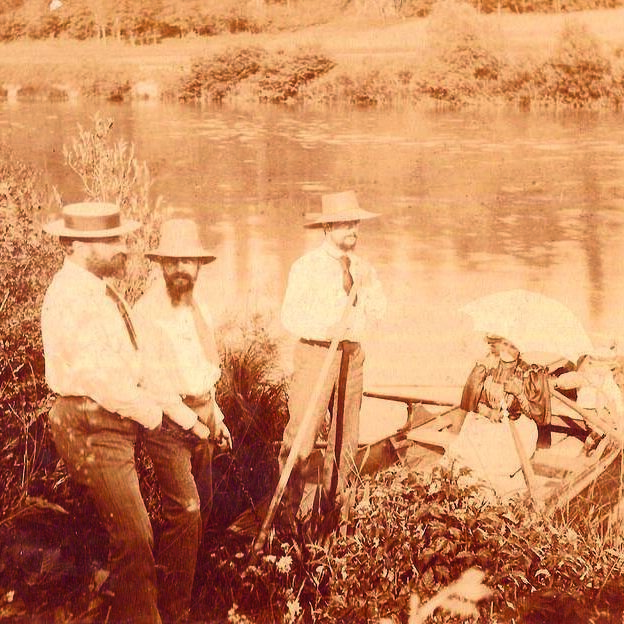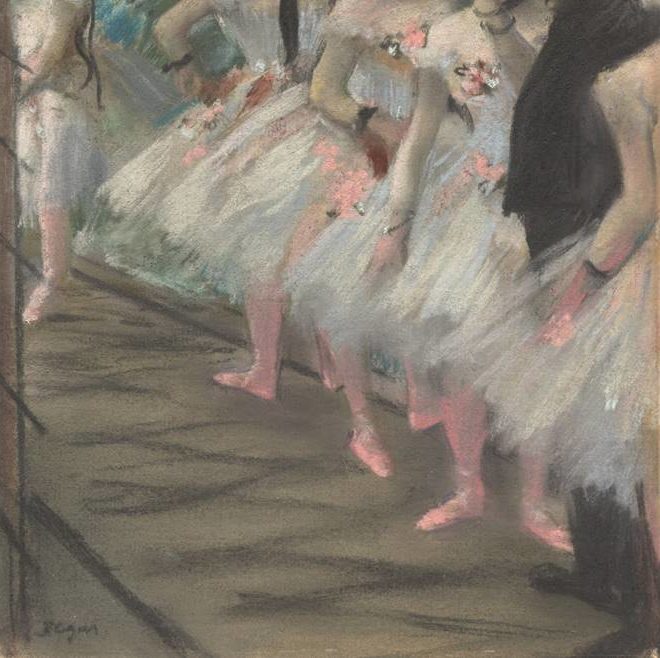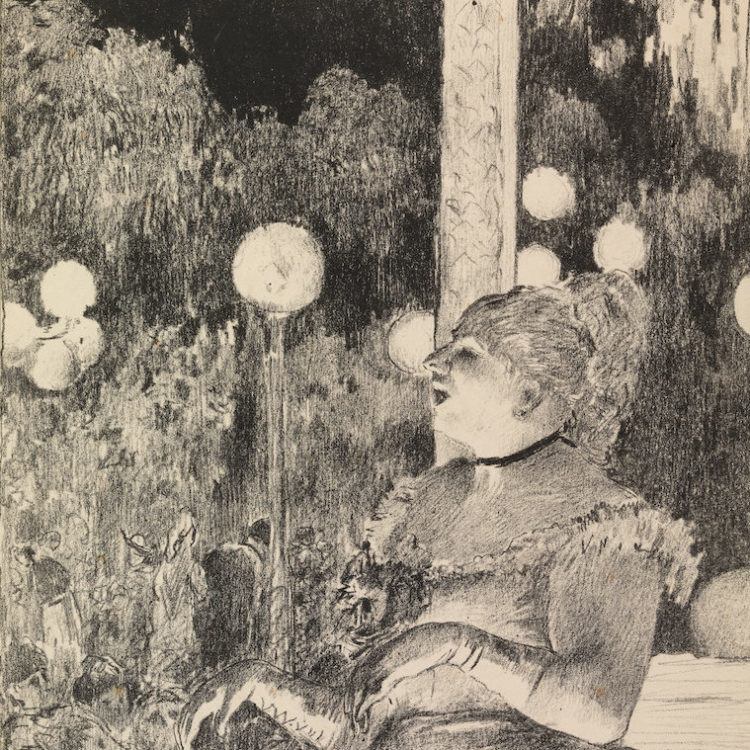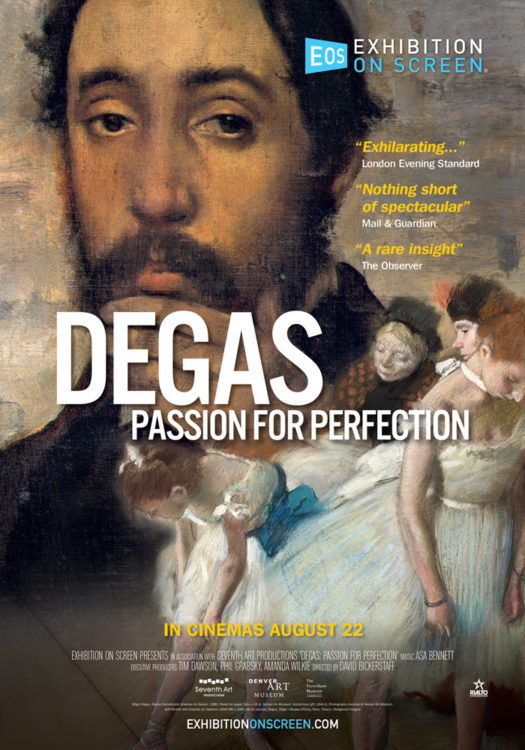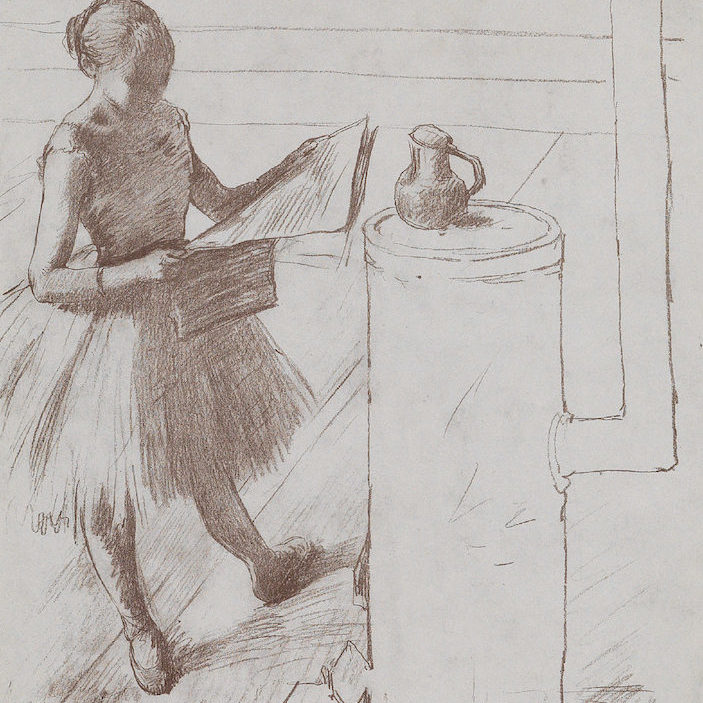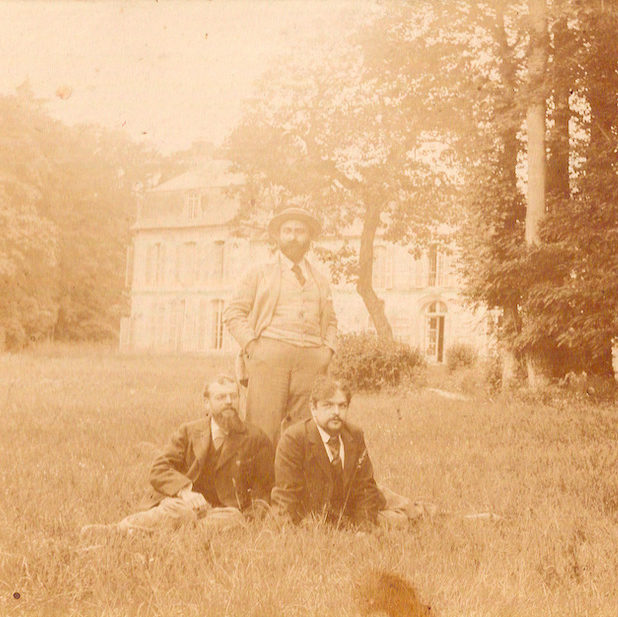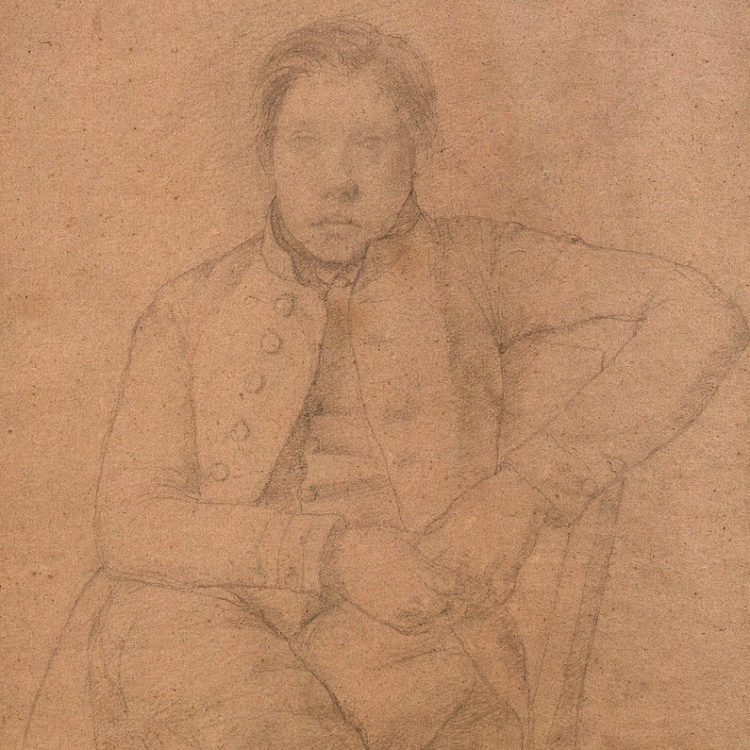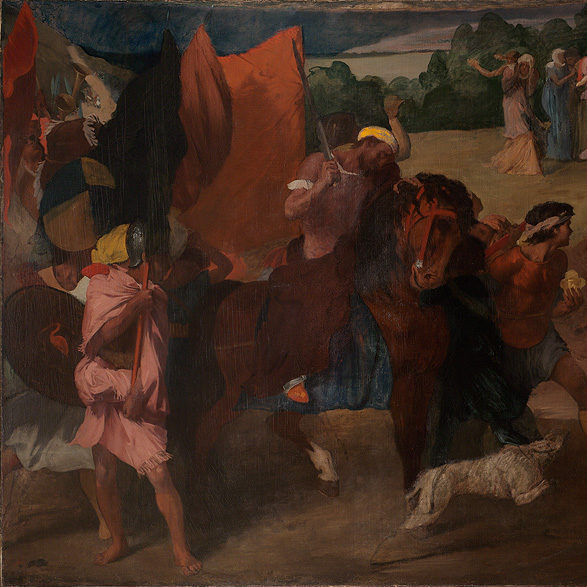May 25, 2022
Virtual Event:
Picasso Looks at Degas
(Published by the Sterling and Francine Clark Art Institute and the Museu Picasso, Barcelona, 2010)
Please join us for a virtual book club co-hosted by David Brashear, Museum Director, and Charles Palermo, Professor of Art History at William & Mary. Our featured book presents Pablo Picasso’s direct responses to Edgar Degas’ works, as well as more conceptual and challenging affinities between their individual bodies of work. Illustrated essays explore the artists’ parallel interests in modern urban life, ballet dancers, activities such as bathing and combing the hair, photography, and the challenges of sculpture. The book also provides the first extended analysis of Picasso’s engagement with Degas’ art in his final years, when he acquired several of the French artist’s brothel monotypes and reworked some of them in his own prints.
FREE
May 18, 2022
David Brashear, Director, Muscarelle Museum of Art
In 1846, Richard Morris Hunt became the first American student to be admitted to the architecture section of the École des Beaux-Arts in Paris. Two decades later, Charles McKim also enrolled at the École. Their collective impact on American architecture included both true Beaux-Arts styling, directly imported from France, and an evolved rationality that had its basis in French design but reflected a more rational, American approach.
FREE
May 4, 2022
Michelle Foa, Ph.D., Associate Professor of Art History, Tulane University
Described by a close friend as “an artisan passionate about all the means of his art,” Degas’ body of work reflects a sustained fascination with material and technical experimentation. Michelle Foa’s lecture will shed new light on the artist’s persistent engagement with an unusual array of media and processes over the course of his career, particularly his innovative use of pastel. Careful examination of his pictures and of friends’ accounts of his studio and working processes demonstrates his remarkable use of media to depict his subjects in entirely new ways and to expand the limits of pictorial representation. Degas’ “restless searches for new procedures,” as one critic put it, and his constant testing of the behaviors and capacities of his media and tools, reveal an artist for whom the life of matter and the matter of art were central to the meaning of his pictures.
FREE
April 27, 2022
The William & Mary Gallery Players
Muscarelle Museum of Art The William & Mary Gallery Players will present a concert to celebrate the musical tastes and passions of Edgar Degas. String ensemble works by Claude Debussy, Donizetti, Gluck, and Mozart will be featured in this homage to this enigmatic artist. These musical compositions represent the work of a fellow Impressionist, as well as Degas’ love for grand style opera and 18th century composers. Book Club
FREE
April 7, 2022
Muscarelle Museum of Art
Directed by David Bickerstaff
(Run time: 85 minutes) On the occasion of 100 years since the death of Edgar Degas, in 2017, the Fitzwilliam Museum
in Cambridge organized an exhibition from their extensive holdings of works in commemoration of the celebrated artist. This film provides exclusive access to view rare and diverse works in the Fitzwilliam collection and provides insights into the fascinating story of Degas’ pursuit for perfection through both experimentation with new techniques and through lessons he learned from studying past masters. Using written accounts by friends and commentators, and the narration of letters written by Degas himself, this film reveals a more complex truth behind one of the most influential French artists of the late 19th century and serves as an
exploration of the complex workings of Degas’ artistic mind.
FREE
April 4, 2022
Join us for a graphite drawing class in celebration of Degas and the art of dance. Participants will learn to capture dynamic moves of live dancers in the gallery through basic drawing instruction. Whether you are a beginner or a seasoned artist looking to improve your drawing skills, this workshop caters to all levels and all materials will be provided.
Muscarelle Members, W&M Staff, Faculty and Students: $10
Non-Members: $25
April 2, 2022
Barry Bergdoll, Ph.D., Meyer Schapiro Professor of Art History and Archaeology, Columbia University
This talk will look at the debates over polychromy in architecture from the 1830s to the 1890s that brought architects and painters often into conversation. It will move from the critique of the whiteness of Neoclassicism in the 1830s, and the movement to restore the color of medieval interiors in the works of Viollet-le-Duc and his followers and circle (Sainte Chapelle, Notre Dame) to the critique of the monochrome city after the fall of the Second Empire, when Degas and the Impressionists were most active. It will look at the search for permanent color through both new and ancient materials from mosaic to volcanic encaustic panels, looking at such monuments as Garnier’s Opera and the richly colored facades of the great department stores.
FREE
March 30, 2022
Connect to the past through guided instruction on the techniques and challenges of costumed figure drawing. Participants will be inspired by works by Degas and his contemporaries in the galleries and move to close observation of live models in period dress seated in the gallery. Open to all levels, this workshop will focus on graphite portrait drawing with materials included.
Muscarelle Members, W&M Staff, Faculty and Students: $10
Non-Members: $25
March 3, 2022
Margaret MacNamidhe, Ph.D., Adjunct Associate Professor at School of the Art Institute of Chicago
Bright pastel hatched in like slanting rain; the crook of an elbow, the side of a face swiped in by a rag applied to paper—techniques from the worlds of drawing and printmaking gave Degas the scenes of keyhole realism taken as most characteristic of his work. But Degas once stood foursquare before an easel, trying for a more traditional fullness of view and composition. In his early days he applied an oil painting brush to primed canvas or paper, but not always confidently, and not always conclusively. In fact, it is as though Degas stepped forever away from some of his earlier paintings, leaving figures eternally suspended or only partly rendered. In this lecture, Margaret MacNamidhe takes a look at this doubting version of Degas through a return to works from the beginning of this artist’s storied career.
FREE
